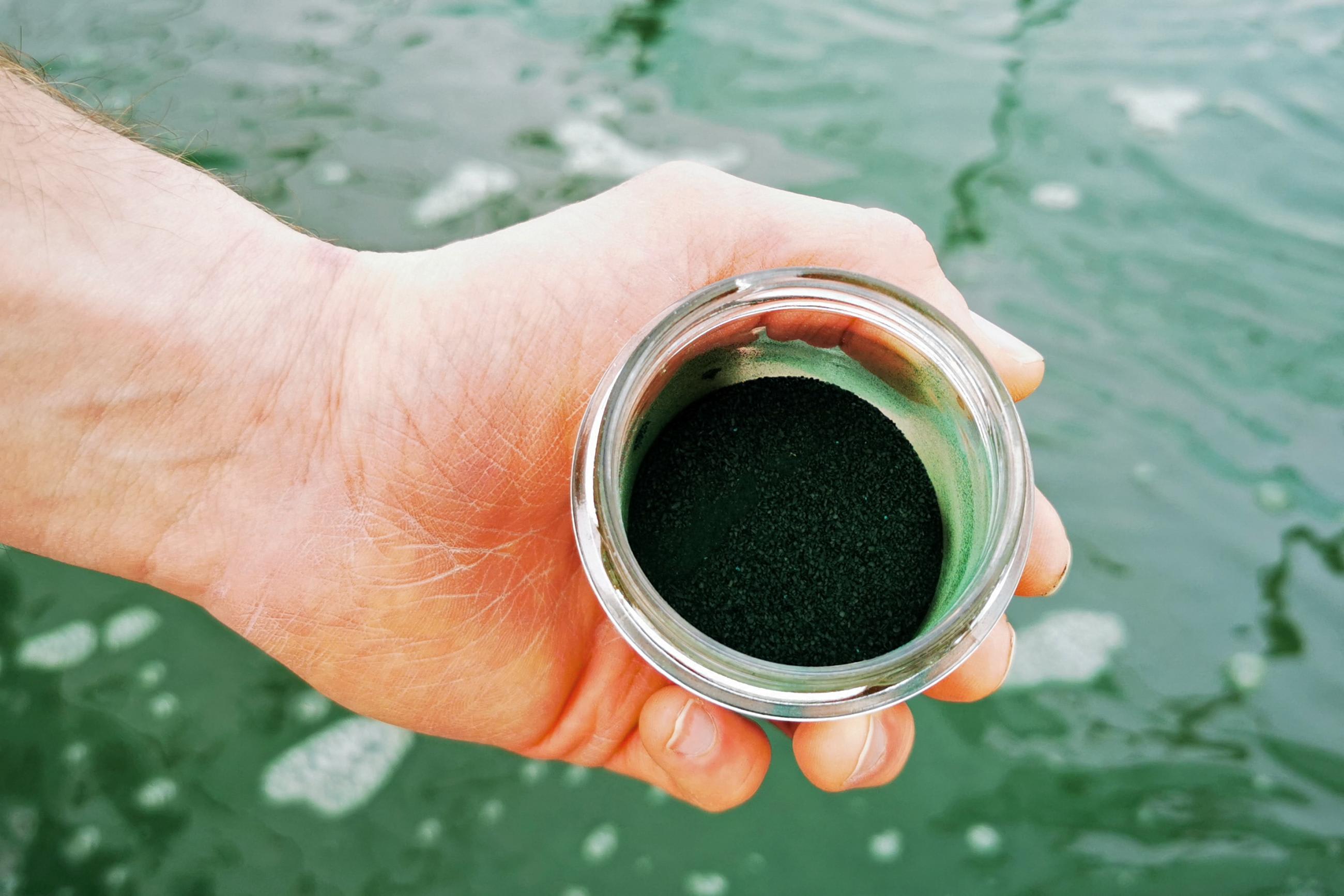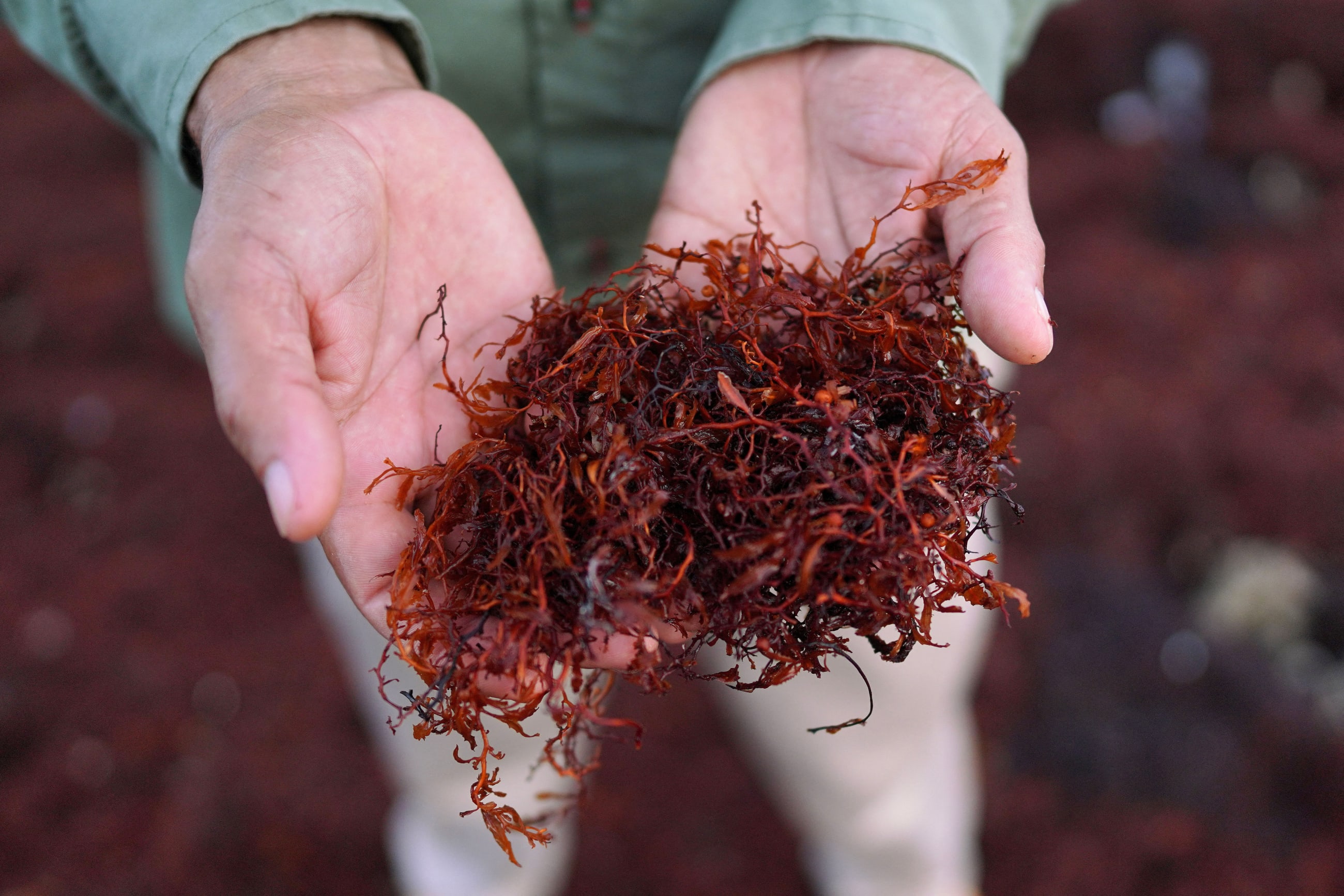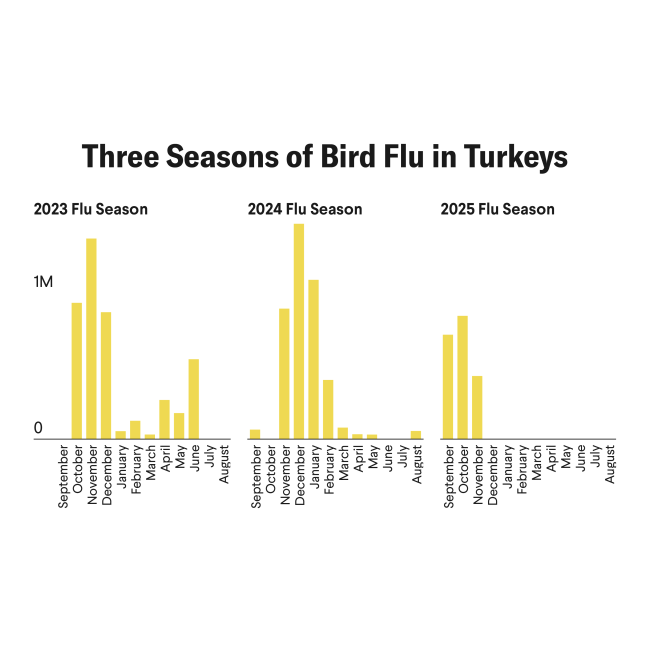Spring in the Dominican Republic brings millions of international visitors, billions of dollars, and, since 2011, a new type of beachgoer who refuses to leave. Over the past decade, coastlines across the South Atlantic—from West Africa to Miami to the Gulf of Mexico—have been shrouded with brown-green blankets of algae known as sargassum that pile up in tangled heaps, some stretching hundreds of feet.
These seaweed sheets stink, in more ways than one: they release gases shown to cause respiratory problems such as ammonia and hydrogen sulfide, and harbor bacteria and microplastics that can pose disease risk to marine life.
Surging blooms of Atlantic sargassum, which exceeded their average extent more than tenfold, peaking at twenty million metric tons in 2018, may be fueled by changing ocean circulation patterns and nutrient runoff from increased deforestation and agricultural fertilizer use. When the sargassum washes up on shorelines it smothers coral reefs, ensnares sea turtles, and repels would-be sunbathers.
When the sargassum washes up on shorelines, it smothers coral reefs, ensnares sea turtles, and repels would-be sunbathers
It also undermines local livelihoods, according to Carlos Perdomo, president of a fishing association in Punta Cana, Dominican Republic, and can damage critical equipment by clogging the engines of small boats. The economic cost of cleanup across the Caribbean exceeded $120 million in the year 2018 alone, according to estimates, not including lost revenue from fisheries and tourism.
This would seem to give sargassum a bad name—but it isn't the whole story. In the open ocean, the 5,500-mile floating canopy of sargassum provides habitat for a diverse suite of sea creatures. Sargassum and other plants under the catch-all "seaweed" umbrella play a vital role in the health of the planet. Encompassing thousands of species, they are of all shapes, sizes, and colors, a veritable spectrum of photosynthesizing plants. Seaweed sequesters carbon, reduces ocean acidification, and buoys aquatic biodiversity, acting as a nursery for fish and other species.
These ecosystem benefits are a boon for human health, and seaweed is also the key ingredient in numerous human health products. For millennia, people have practiced seaweed aquaculture, or algaculture, in both fresh and salt water. The fastest-growing aquaculture industry, seaweed farming produces the familiar nori and wakame of sushi, salad, and soup fame, as well as the lesser-known agar and carrageenan, red algae used as emulsifiers and thickeners in a variety of household products such as toothpaste and ice cream.
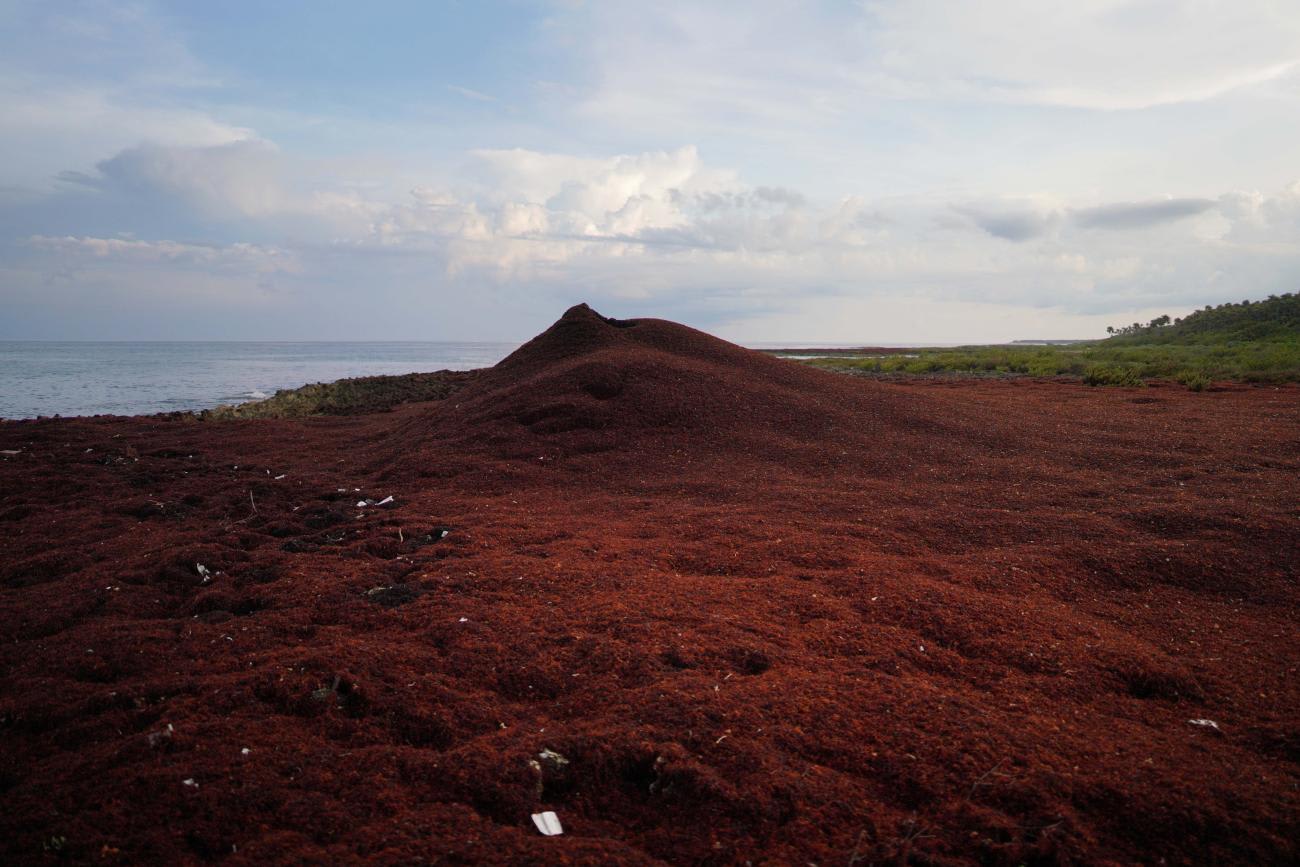
Seaweed's role in the economy is only expected to increase as governments and businesses look to scale aquaculture in pursuit of profits and climate mitigation goals. The World Bank predicts that the seaweed market could approach $12 billion by the end of the decade, abetted by the rapid rate that seaweed grows compared to terrestrial vegetation—as much as 60 times faster—and that fact it doesn't need arable land or supplies of freshwater to thrive.
In popular culture, seaweed has a "superfood" reputation, boasting a number of nutritional benefits as a rich source of vitamins, minerals, antioxidants, protein, and fiber. Spirulina, a blue-green algae, is commonly touted for its nutrient density, with a commercial valuation of $462 million in 2022. More recently, seaweed's prominence in Eastern diets is under investigation for its association with longevity and reduction of cancer incidence, while other scientists are probing its potential to reduce glucose levels as a diabetes and digestive regulator. Early studies exploring the relationship between seaweed consumption and decreased cardiovascular risk are promising.
But seaweed has also been shown to absorb heavy metals, metalloids including arsenic, and chemical pesticides, posing a risk of toxic ingestion that is exacerbated by increasing pollution from industrial activities and plastic waste. So seaweed is no nutrition silver bullet—at least not yet.
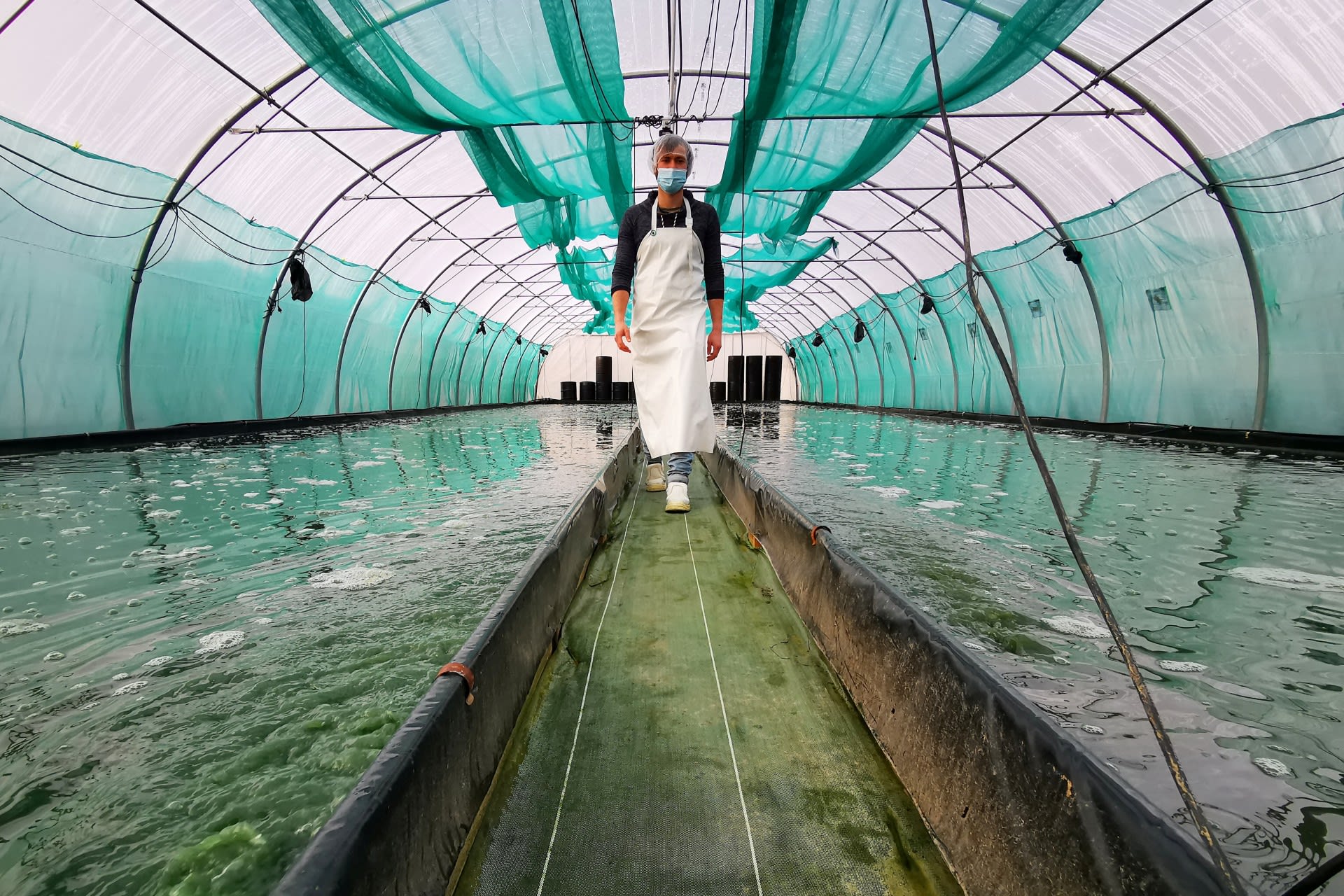
There are a handful of companies looking to tap in. In tanks along the Pacific, the land-based seaweed farming company Oregon Seaweed is growing seaweed on land otherwise unavailable for traditional agriculture. The company specializes in certain types of algae, like dulse, that have a protein content rivaling that of soybeans. According to the company's founder and chief executive Chuck Toombs, "the world has a future protein problem" that seaweed is primed to solve. "Why can't this be the new kale?"
Offshore, the business Kelp Blue is expanding its operations to cultivate and maintain giant kelp forests for production of a range of products including sustainable biostimulants, a substitute for synthetic fertilizers that allow farmers to increase productivity, soil health, and crop nutrition while minimizing the use of pesticides. The industry is also exploring red algae as an additive to livestock feed, said Samantha Deane, managing director of the Kelp Forest Foundation, an organization partnering with Kelp Blue. Adding it to cow feed could reduce their emissions of methane, a potent greenhouse gas, more than 90 percent.
"Why can't this be the new kale?"
Chuck Toombs, Oregon Seaweed
Even sargassum has potential for a variety of practical applications. The company Seaweed Generation has recently been in the spotlight due to its development of a robot known as the AlgaRay intended to collect sargassum seaweed before it washes ashore, reducing the plants' negative impacts on coastlines. The robot then buries the sargassum deep in the ocean floor, providing long-term carbon storage. According to Ajit Subramaniam, a coastal oceanographer at Columbia University whose own research involves marine robotics used in sargassum sequestration, seaweed as a nature-based solution to climate change holds promise, but evaluating its effectiveness will require rigorous accounting of how sequestration affects carbon stores. "If you're going to spend one hundred tons of carbon to sequester ten tons of carbon, good luck," Ajit said.
Also being engineered for Seaweed Generation's robotic roster: another machine dubbed the AlgaVator, designed to automate high-volume farming of other species of seaweed for use by both humans and livestock. Its development signals confidence that the plants will play a larger role in agriculture in the coming years, and therefore in our lives, whether through direct or indirect consumption.
Wild seaweed has long provided critical ecological services that benefit marine life and the people who depend on a healthy marine ecosystem to survive. Now, cultivated seaweed is poised to become even more intertwined with human health through its accelerating use as a climate mitigator and in an expanding array of food products, dietary supplements, and pharmaceuticals. From sargassum to spirulina, dulse to giant kelp, seaweed is no accidental tourist— it's a versatile and indispensable member of our global ecosystem.
